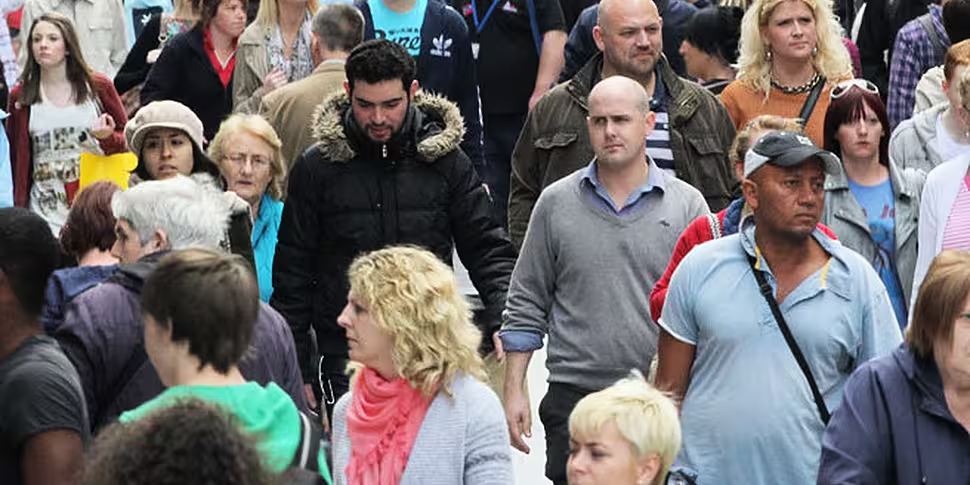The final profile from the 2016 Census has found that the number of people at work in Ireland has increased to just over two million since 2011.
The numbers of people looking after the home/family continued to decline, falling by 10.1% to 305,556 - while the numbers of retired persons increased to 545,407, up 88,013.
The 2,304,037 people in the labour force in April 2016 represented an increase of 71,834 on 2011.
The Central Statistics Office (CSO) says the substantial increase in retired persons (up 19.2%) has impacted on the labour force participation rate, which fell to 61.4%.
The unemployment rate as measured by the Census was 12.9%, down from 19.0% in April 2011.
Female unemployment stood at 12.0%, while the rate among males was 13.7%.
The youth unemployment rate (the number of unemployed 15 to 24-year-olds) was 25.6%, down from 38.7% in April 2011.
The number of unemployed youths fell by 34,125 or 41.5%.
Top occupations
The findings show of the 328 separate categories of work, the category of Sales and retail assistants, cashiers and checkout operators was the top occupational group with 90,746 persons.
Farmers were the next largest group, accounting for 3.5% of the work force, or 69,375 workers.
The next largest was 'other administrative occupations', with 59,392 workers.
While nurses and midwives accounted for 53,910 workers - or 2.7% of the work force.
The category of 'other administrative occupations' saw the largest increase between 2011 and 2016, rising from 47,465 to 59,392 workers.
The group with the second largest increase was programmers and software development professionals, which grew by 6,873 to 20,113 workers.
Source: CSO
Industrial sectors
The Census showed IT activities had the largest increase, rising by 21,262 (almost 56.0%) to reach 59,376 in 2016.
This was followed by residential care and social work activities, which showed a 24.0% rise from 82,900 to 102,700.
The largest decreases were in financial service activities, down from 54,027 to 46,674 in 2016, and in public administration which was down nearly 5,000 to 83,687.
Non-Irish nationals
There were 347,233 non-Irish nationals in the labour force in April 2016, with a participation rate of 73.9%.
Between 2011 and 2016 the number of non-Irish people at work increased by 9.6% to 293,830 persons - while the number of non-Irish nationals out of work decreased by 31.0%, from 77,460 to 53,403.
Looking at recent immigrants, 47,651 of the 82,346 persons who arrived to live in Ireland in the year prior to Census 2016 were non-Irish nationals.
Among the Irish group, the labour force participation rate was 76.8%, while among the non-Irish nationals it was 67.4%.
The CSO says: "This lower participation rate can in part be attributed to higher numbers of students among this group, with almost 22.0% being students compared with just over 10.0% of Irish immigrants."
In terms of where these recent immigrants worked, almost 5,000 were working in the accommodation and food service sector, 4,070 of whom were non-Irish nationals.
The next largest sector was information and communication activities with 4,300 people at work - over 77% of these were non-Irish nationals.
In the construction sector, where 2,323 recent immigrants were working, Irish nationals dominated accounting for 66.6%.
Deirdre Cullen, senior CSO statistician, said: "This report analyses the world of work in Ireland in 2016, with a particular focus on changes in the numbers at work by occupations and industrial sectors.
"It also looks at the profile of the non-Irish national population in the workforce."










